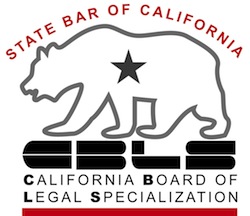 You can get a Chapter 13 discharge even without making all the plan payments you promised.
You can get a Chapter 13 discharge even without making all the plan payments you promised.
There are hoops to jump through and facts to marshal to get that discharge, but it’s possible.
The Bankruptcy Code provides for a hardship discharge in Chapter 13 to those whose failure to complete their plan is due to circumstances for which they should not be held accountable.
Those circumstances, in my practice, have included illness, job loss, advancing age, and even tax debt arising after the case was filed from the sale of property.
Requirements for hardship discharge
Three conditions have to be met to get a discharge without paying as promised.
- Unsecured creditors must have received at least as much as they would have if the case had been a Chapter 7.
- Modification of the plan isn’t possible.
- The inability to make payments is traceable to events out of the debtor’s control.
The debtor must file a motion for a hardship discharge and provide evidence that shows each of those factors are present in the case.
The motion can be brought anytime after confirmation.
Hardship discharge has limits
Certain debts that would be dischargeable in a fully completed Chapter 13 are not wiped out by the hardship discharge, including priority taxes or debts incurred by fraud, dishonest behavior, or intentional acts. The complete list is found in §523.
Importantly for lots of debtors is that liens determined to be worthless at the beginning of the case still get stripped.
You’ve got to jump through the paper hoops to get the lien voided, but you are entitled to have it wiped out even with a hardship discharge.
Why not just convert?
Converting a Chapter 13 case to Chapter 7 is another alternative when you can’t complete the Chapter 13 plan or modify the plan to one you can complete. The case remains the same case (no new filing fee, though you need to pay a few bucks to the clerk on conversion).
Three reasons stick out for getting the Chapter 13 hardship discharge rather than converting.
- A discharge in the Chapter 7 won’t happen for months; there’s another first meeting of creditors, and a requirement to amend schedules to bring them up to date.
- If you wanted to stay in control of assets or keep a Chapter 7 trustee from messing around in your finances when you first filed, those reasons probably continue.
- A Chapter 13 discharge makes you eligible for bankruptcy relief in the future in the shortest time possible.
All good reasons to get a Chapter 13 discharge if you can.
More
The range of options when 13 flounders





